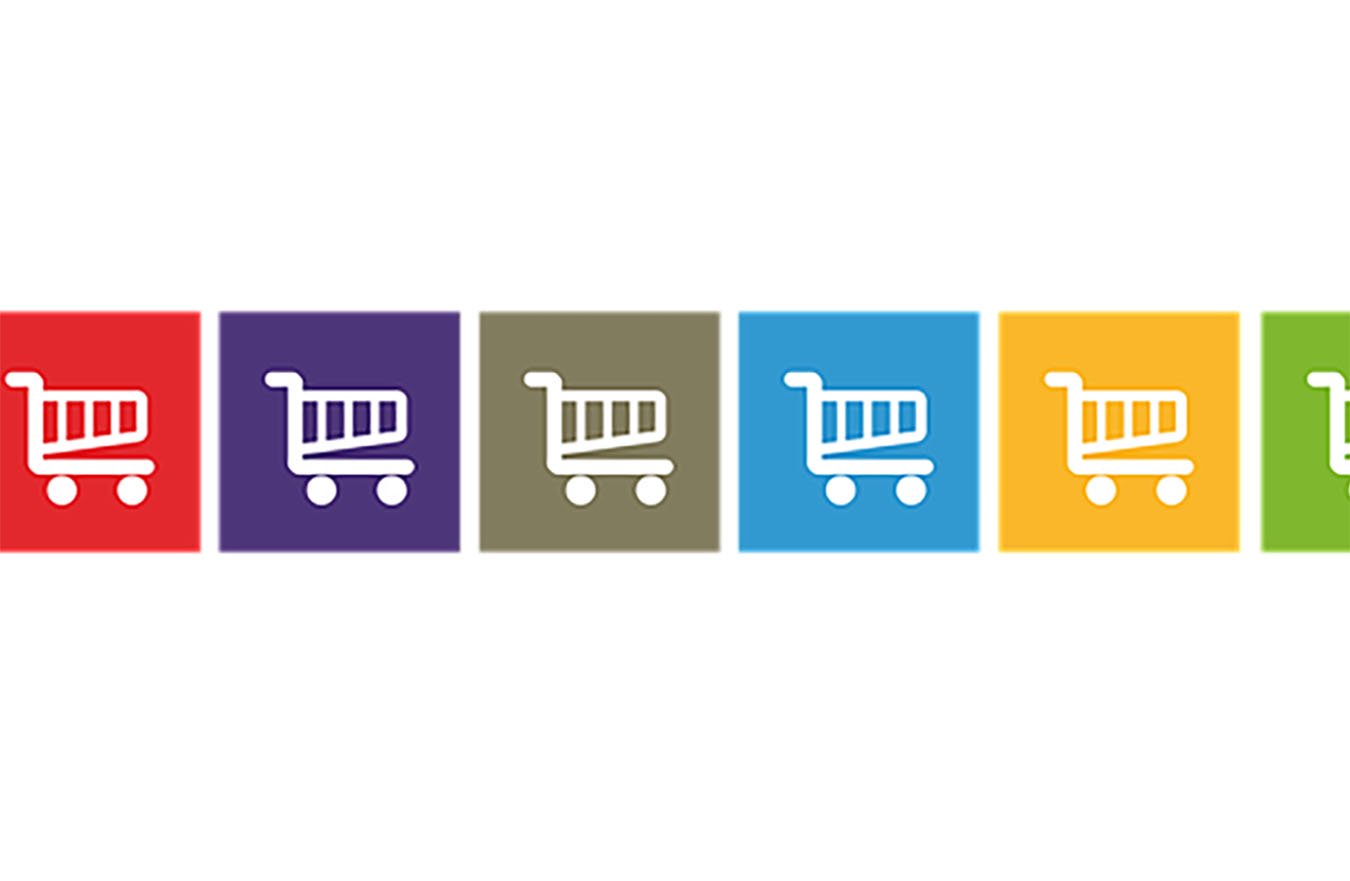Maintaining an online presence and an online shop is no longer a quirk of business or a tech-trend; it is a necessity for survival.
Between 2011 and 2013, UK shoppers spent an extra £23bn online, and forecasts predict that the share of online retail sales will rise from 2012’s figure of 12.7 per cent to 21.5 per cent or even higher by 2018.
The figures underline the reality that the way we shop is, if not going through a revolution, certainly experiencing a large-scale overhaul as digital business takes hold. Unless you’ve been living under a rock for the past fifteen years, you’ll know that retail success no longer depends on physical stores.
Below are a few guidelines to take into consideration to maximise the impact of your online store.
-
Images for substance and sparkle
More than a visual of your product, images offset text to bring balance and a more professional look to your page. Graphics allow you to present product stats in a more engaging and animated way than prose permits. Analysing sales each time you upload product images can give you a good idea of which pictures work best for your webpage.
-
Develop customer trust
Your online shop showcases your company’s image; so present your best side. Include customer testimonials to establish yourself as a reliable firm. Use genuine correspondence that outlines how your service has helped the buyer; a comment stating how your product has promoted or helped a client will go further than a message describing your product as “amazingâ€.
-
Qualify yourself
Let readers know that you are the best company for them by outlining your credentials clearly. Highlight key skills and background information in bullet point form, or integrated into a stylish paragraph that introduces your company as a solution-holder for clients.
-
Flag up special offers
Most people know the online domain holds the cheapest deals, so special promotions should be clearly displayed. Make customers know they’re getting a good deal, so incentivise with lower rates made available when a certain amount is spent. Keep the shopping cart near the top of your page, as users tend not to scroll down the page too far – make sure the checkout remains clear and easy to identify. Rewards points and loyalty schemes are great ways of giving customers a tangible reason to bring repeat business and spread the word about the benefits of spending money at your store.
-
Customer segmentation, targeted promotions & merchandising
From gender and age to interests and spending habits, the behaviours that make your customers unique should be factored into your marketing. Consider what data you want to collect, how it will be gathered and develop methods of data analysis for segmentation. You should also establish effective communication among relevant departments in your business to use this segmentation to best effect. The process should enable you to target smaller preference-specific consumer groups with relevant information and merchandising so that individuals find what they are looking for quicker and more easily.
-
Be open and honest
Without a human to speak to, measures need to be taken by your online store to make processes clear, thereby promoting customer confidence. Ensure charges are not hidden but remain highlighted throughout a transaction. The checkout path must be completely linear – without sub-steps going to a previously shown page – so that customers are not confused or left thinking that there has been an error on the site. Give priority to delivery/returns policy and procedure to make sure people know where they stand at all stages of the purchase.
-
Log customer behaviour
Harness the Internet’s forensic potential for tracking. CRM applications is an example of customer service software that will let you see how much time has passed since a customer last visited your online shop, and what they bought. You will be able to use this knowledge to suggest other items or services, giving your customers a streamlined experience and a personalised feel.
-
Build a subscription base
Forge and reward customer loyalty by establishing a subscription list through which you can launch your company’s latest news and float special offers. Simply cataloguing client emails will allow you to send notes of thanks in the follow up to purchases to enquire about customer satisfaction. Many companies now use text messages to convey this extra token of customer service that will make the buyer feel more involved, cared for and ultimately more likely to return for business in the future.
People are busier than ever and today’s customers know that if a service doesn’t meet their expectations they have multiple platforms for broadcasting it to the world before they go elsewhere for what they need. This concept is magnified online where your clients can disappear with a click of the mouse. Ensure that maximising the customer experience is top of your agenda to build a solid client base and stay ahead of the online competition.






